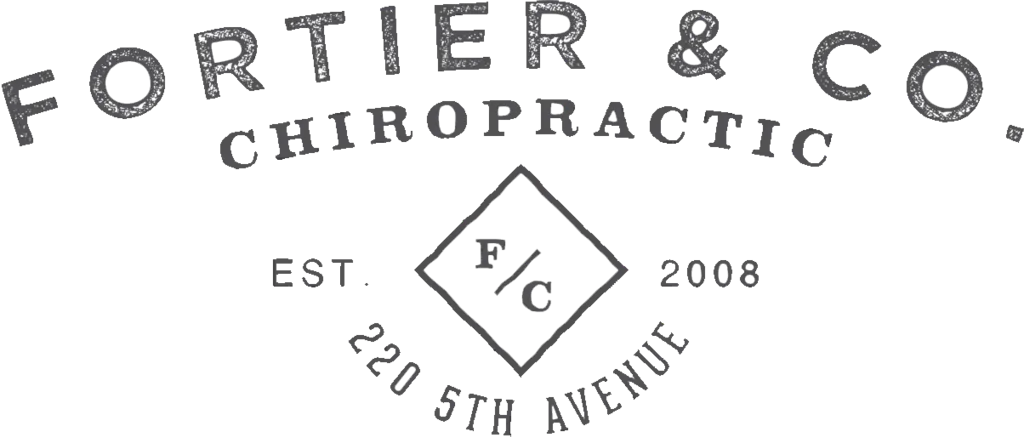Sacroiliac dysfunction is a common cause of back pain. In most instances, the condition and the discomfort that comes with it can be managed through conservative treatment.
The sacroiliac joint is located in the low back between the spine and hip joint, and normally does not move much. Misalignment of this joint can cause the pain associated with sacroiliac dysfunction.
Sacroiliac joint pain is usually located in the low back, just to the side of the midline. It is usually one sided, but not always. The pain often radiates down to the knee and into the groin on the same side. Typically, it is difficult to find a comfortable position when lying in bed. Sacroiliac joint pain can become severe and disabling if not treated.
The typical patient is often a woman in her 30s or 40s who has had children. It is thought that the relaxation of the sacroiliac ligaments necessary for childbirth does not fully reverse, and that a subsequent minor trauma may subluxate (partially dislocate) the joint and cause pain. Younger women may develop sacroiliac problems as a result of sport or other injuries. The condition also occurs in men, but less frequently and usually from more severe injuries, often involving lifting while the trunk is in torsion.
Accurately diagnosing sacroiliac joint dysfunction can be difficult, and must be done by clinical exam. Its symptoms can mimic those of other common conditions, such as disc herniation and radiculopathy (pain along the sciatic nerve that radiates down the leg). Unless a doctor specifically checks for sacroiliac dysfunction, the physical examination often will turn out “normal” and some patients may be told that nothing is wrong with them.
During the exam, the doctor may try to determine if the sacroiliac joint is the cause of pain by moving the joint. If the movement recreates the patient’s pain, and no other cause of pain has been found (such as a disc herniation on an MRI scan), the sacroiliac joint may be the cause of the pain.
About 40% of the time, sacroiliac dysfunction is associated with piriformis syndrome. The piriformis is a small muscle in the buttock that stabilizes the sacroiliac joint. When irritated, it causes pain in the buttock. The piriformis muscle happens to overlap the sciatic nerve and can also cause sciatic pain down the leg all the way to the foot. This is often mistaken for sciatica, caused by a pinched nerve root in the spine.
Contact us today for your complementary consultation 541-926-0510

